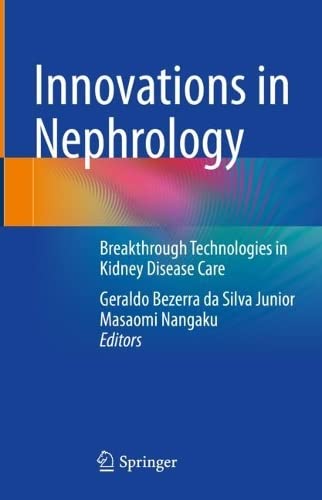

Most ebook files are in PDF format, so you can easily read them using various software such as Foxit Reader or directly on the Google Chrome browser.
Some ebook files are released by publishers in other formats such as .awz, .mobi, .epub, .fb2, etc. You may need to install specific software to read these formats on mobile/PC, such as Calibre.
Please read the tutorial at this link: https://ebookbell.com/faq
We offer FREE conversion to the popular formats you request; however, this may take some time. Therefore, right after payment, please email us, and we will try to provide the service as quickly as possible.
For some exceptional file formats or broken links (if any), please refrain from opening any disputes. Instead, email us first, and we will try to assist within a maximum of 6 hours.
EbookBell Team

4.0
96 reviewsOur world is facing unprecedented technological development, which affects all the sectors of society. The 4th industrial revolution has brought numerous advances that are currently integrated in our daily life, including artificial intelligence (A.I.), internet of things (IoT), genetic engineering, 3D-printing and robotics. The health care sector is one of the most impacted by these technologies of the so-called digital era. From the simple advent of medical records to robotic surgery, health care has significantly changed from the XX to XXI century and is constantly changing, incorporating novel technologies. Nephrology is itself an innovative branch of medicine, created as a discipline in the 1960s, with breakthrough inventions, such as the dialysis machine, which made it possible to prolong life of those who suffer from chronic kidney disease; kidney transplant, with point-of-care immunosuppression that favours maintenance of kidney allografts for long years; kidney biopsy, which made it possible to discover the mysteries of glomerulonephritis and nephropathology.
Novel technologies, such as A.I., IoT, robotics, stem cells, 3D-printing, mHealth, eHealth and several others are starting to be applied in nephrology, with promising results. It is possible that a great part of these technologies will become routinely available in clinical practice, and the burden of kidney diseases will significantly decrease once prevention, prediction, detection, monitoring and treatment of kidney diseases are more precise, with patients taking part in the process and becoming more and more connected.
This book gathers essential information on the technologies that have been applied in nephrology and that can be applied in the future, with real possibilities of improving the care of kidney diseases. At first glance, this work is directed to the entire nephrology community and all the healthcare professionals that deal with kidney diseases. Researchers from different fields, not directly linked to nephrology, may also be interested in the book since many of the topics presented are related to other areas and serve as examples of their uses in medicine, such as artificial intelligence, robotics, and big data. Finally, the content provides an important resource to medical students, discussing technologies that will certainly be integrated in their professional practice.